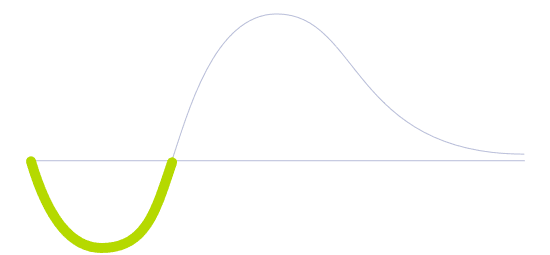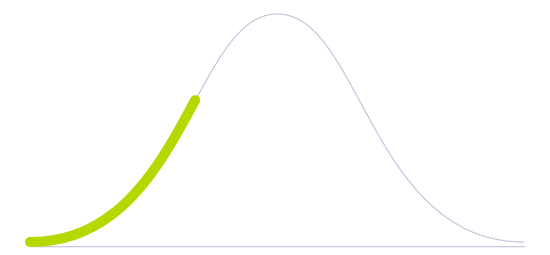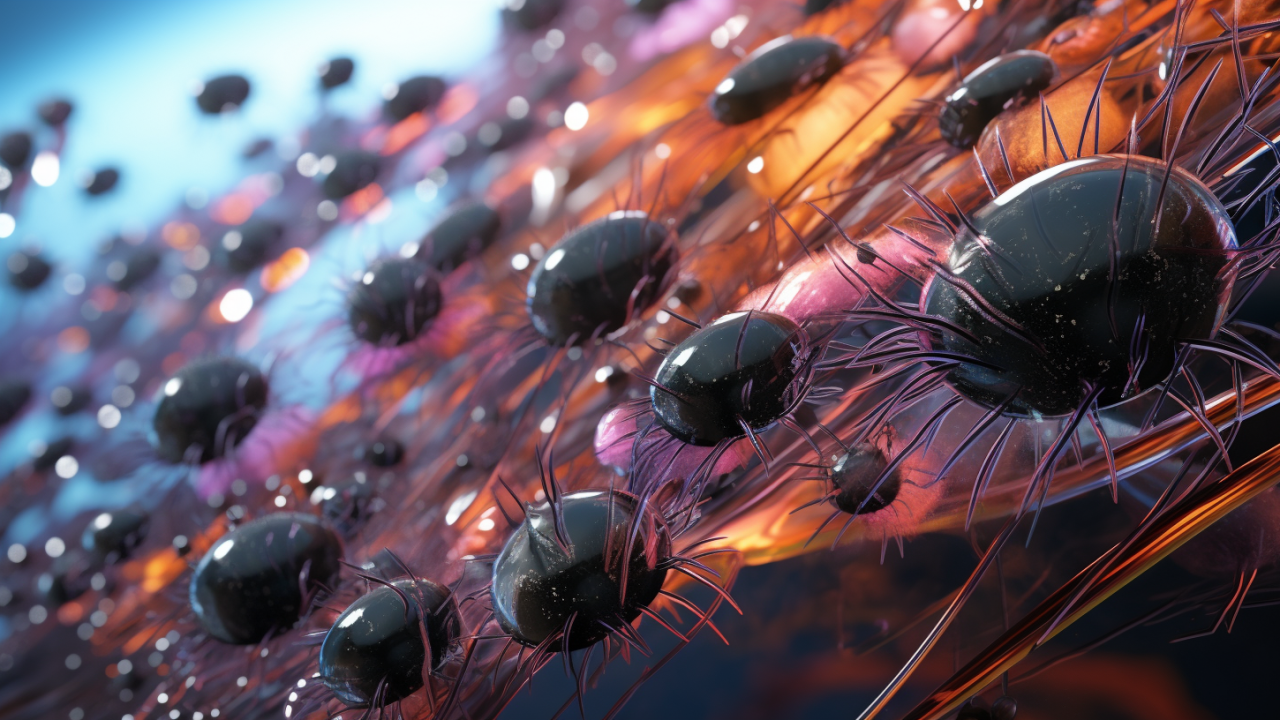Nanobioremediation

Technology Life Cycle
Initial phase where new technologies are conceptualized and developed. During this stage, technical viability is explored and initial prototypes may be created.

Technology Readiness Level (TRL)
Prototype is fully functional and ready for testing in industrially relevant environment.

Technology Diffusion
Embrace new technologies soon after Innovators. They often have significant influence within their social circles and help validate the practicality of innovations.

Nanobioremediation is a cost-effective technique of utilizing plants and microbes for the breakdown of pollutant compounds and heavy metals from the environment. By breaking down contaminants in the ecosystems, the process may be able to eradicate, retain, or reduce the amount of pollutants present. It is able to biosynthesize nanoparticles by capturing metal ions and turning them into elementary compounds through enzymes generated by cells. It reduces the toxicity in microorganisms while improving the microbial activity of the specific waste and toxic material.
Combining nanomaterials and bioremediation, nanobioremediation increases the surface area per unit mass of a material. It allows for a more considerable amount of the material to come into contact with surrounding materials, affecting its reactivity. Nanomaterials also show a quantum effect, requiring less activation energy to make chemical reactions feasible. As far as shape and size are concerned, various metallic and nonmetallic nanomaterials of different shapes and measures can be used for environmental clean-up.
Besides water treatment applications, nanobioremediation techniques involving bio-ozolytes could clean up the slurry, run-off from agriculture or treatment and remediation of soil pollutants such as pesticides, animal waste, or oil spillage. Furthermore, agricultural waste could be harvested and transformed directly into feedstock for agriculture. At the same time, nitrogen and phosphorus can be captured and used as fertilizers for crop growth, thus acting as a more environmentally sustainable closed-loop system.
Nanobioremediation could be deployed where other conventional remediation treatments do not prove to be helpful because nanoparticles are less toxic and enhance microbial activity. Although various research efforts have been conducted on the physical and chemical properties of nanoparticles, more information is required about the complex interaction and adsorption with the contaminated area.
Future Perspectives
Future research in nanobioremediation should focus on the combined use of nanoparticles, genetically modified microbes, and plants to design eco-friendly, cost-effective, robust, and sustainable remediation strategies. Also, apart from reducing the overall cost and requiring less time and energy, surface resonance could be used to detect toxic material before treatment, optimizing resource management. By lowering and regenerating chemical and biological sludge, being selective to specific metals, and recovering them without requiring additional nutrients, the benefits of nanobioremediation over conventional treatments promise to manifest themselves as both economically and environmentally sustainable.
Image generated by Envisioning using Midjourney